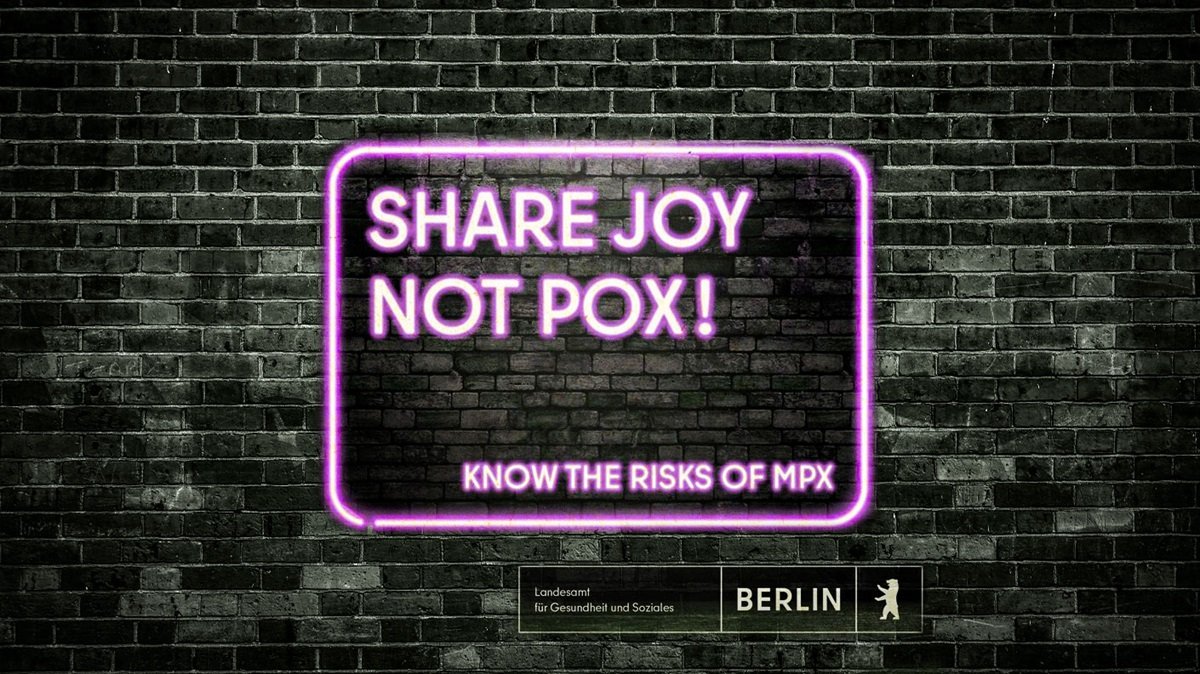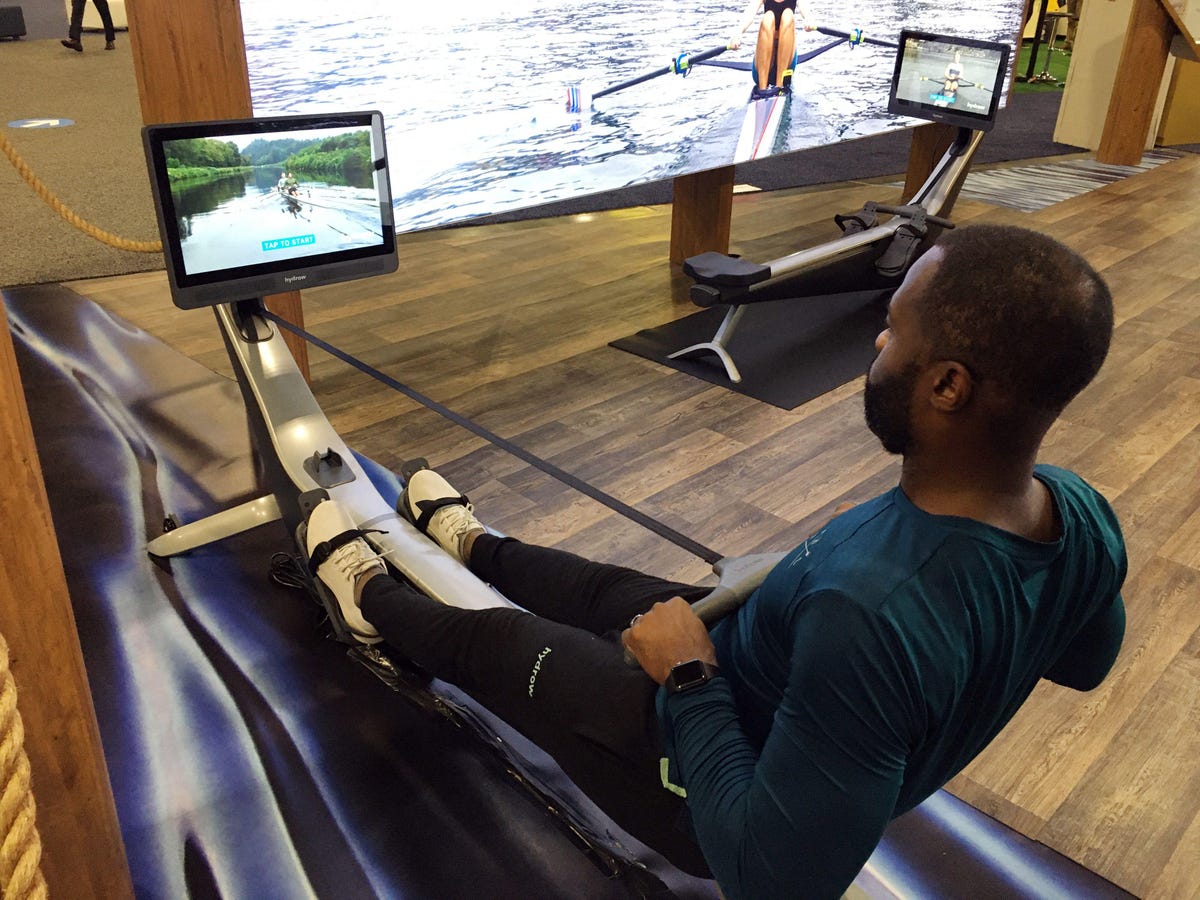[ad_1]
Christopher Street Day Berlin (CSD Berlin) is one of Europe’s biggest and oldest Pride events, taking place in the second half of July. It aims to highlight the importance of equal rights and treatment for LGBTQI+ people, as well as celebrate gay and lesbian culture in the city and beyond. This year, around 150 000 people joined the first in-person Pride celebration since before the COVID-19 pandemic, many of them travelling from across Germany and other European countries to attend.
While COVID-19 measures may have relaxed in Germany, the outbreak of monkeypox in the WHO European Region – which saw a steep rise in case numbers, particularly among men who have sex with men (MSM) – has caused great concern naturally among health authorities. CSD and the run up to it, therefore, gave the health authorities in Berlin a great opportunity to raise awareness of the risks, the symptoms to look out for, and the measures that people can take to avoid infection and transmission, to an audience composed of those most at risk.
We spoke to Dr Claudia Ruscher, who is an infection epidemiologist at the Berlin State Office for Health and Social Affairs, to find out how they geared up to deal with the outbreak and what actions they took to communicate information about monkeypox, in particular in the run-up to Christopher Street Day on 23 July 2022.
“We are a small team that assesses the epidemiological situation of disease outbreaks, whether that be COVID-19, measles, West Nile virus – or as now, monkeypox,” she says. “We then work with local health departments to take action to control those outbreaks – which includes communicating the risks.”
“Early on in the outbreak we created an information page on our website, which gives an up-to-date snapshot of the situation in Berlin, as well as details on transmission routes, incubation times for the disease, advice on sexual behaviour to avoid infection, and other relevant preventive measures.”
In addition, Dr Ruscher and her team developed a communications campaign running up to the Pride event, consulting with the Robert Koch Institute – a German federal government agency and research institute responsible for disease control and prevention – as well as civil society organizations, such as the gay advice center, Mancheck, and the AIDS charity, Deutsche Aidshilfe, to ensure that messages and materials were accurate, effective and engaging.
They also used the Monkeypox Resource toolkit as a guide, developed by WHO/Europe and the European Centre for Disease Prevention and Control (ECDC), to support national authorities and event organizers in their planning and coordination of mass and large gathering events. Dr Ruscher describes the toolkit as particularly helpful for shaping their thinking on how to best communicate to high-risk groups without fear of stigmatizing, and for communicating disease prevention measures in an appropriate manner. The toolkit consists of ready-to-use and customizable tools, which health authorities and event organizers can use for public health preparedness and risk assessment; early warning, alert and response (EWAR); event-based surveillance; contact tracing; and risk communication and community engagement (RCCE) on monkeypox for mass gatherings.
After this, Dr Ruscher and her team mapped out the best places for rolling out their campaign and materials, so that this important information would reach their main target audiences – MSM and sex workers – in advance of the big day. Different design and language versions of materials were also produced, giving venues the choice when deciding which might be most appropriate for their particular clientele or setting.
“We created printed materials, such as postcards and posters with QR codes that linked to our apps and information page,” she says. “We also placed online ads on relevant dating apps and gay Berlin websites, and bought 1 million social media impressions in advance of CSD Berlin to maximize our reach.”
“In addition, we contacted pretty much every possible bar, club, sauna – in fact, just about every location that we identified as a possible disease transmission route – to take our materials, to get them to place our apps on their websites, and to link to our information page.”
“Perhaps most importantly, we also got in touch with the organizers of CSD Berlin and they agreed to share links to our materials and apps. We were really pleased to see them directly use our text to provide really comprehensive information about monkeypox on their website.”
Although an assessment of the impacts of their CSD campaign is yet to be carried out, Dr Ruscher is proud of what she and her small team have achieved.
“We are epidemiologists – nerds – first and foremost, not communications professionals,” she laughs. “But despite that, and being a small team with limited resources, we managed to successfully engage LGBTQI+ civil society organizations, the organizers of Christopher Street Day and the sex-on-premises venues – which are the source of many cases – to get the vital message out there that people need to take monkeypox seriously and to take personal responsibility to prevent it spreading further.”
Since launching the Monkeypox Resource toolkit, WHO has also developed a new mobile-friendly web tool with an interactive dashboard, which gives individuals the information they need on monkeypox in advance of attending large events and gatherings.
[ad_2]
Source link


